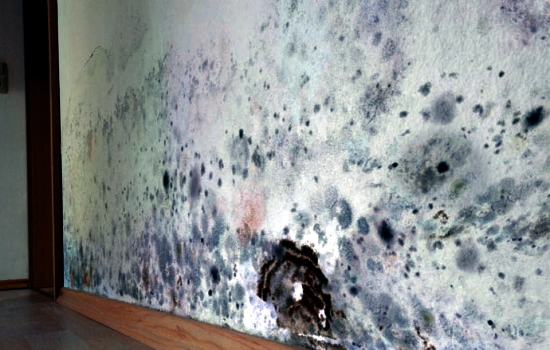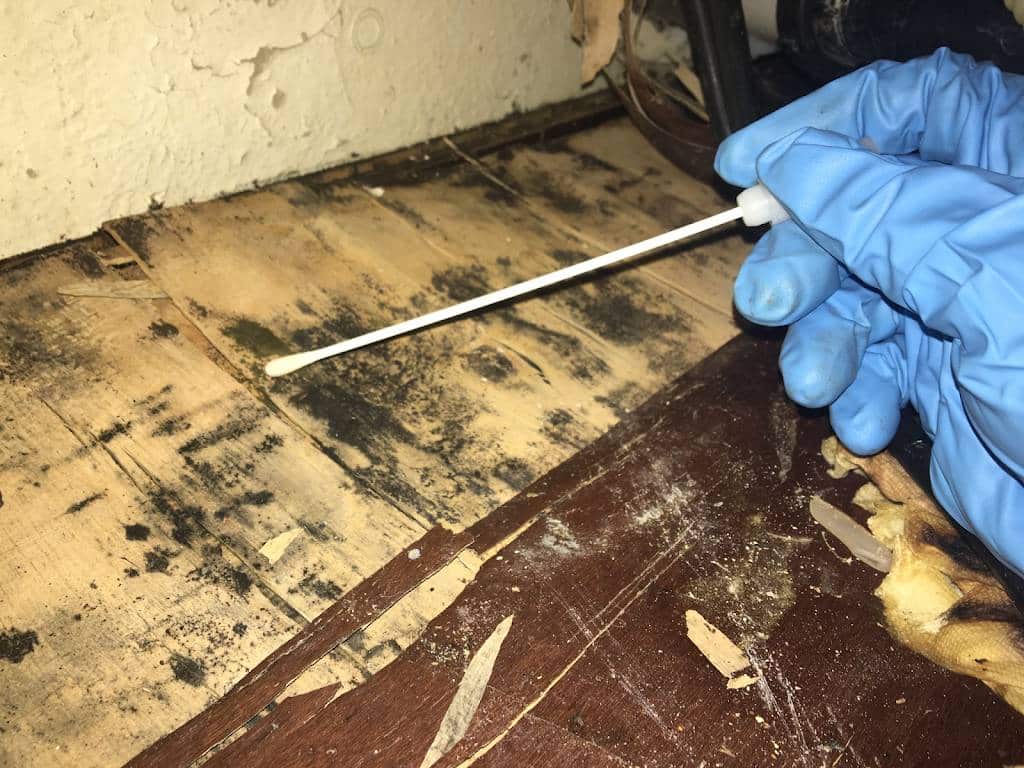Effective Post Mold Remediation Cleaning Protocols
Effective Post Mold Remediation Cleaning Protocols
Blog Article
Trick Steps for Successful Message Mold And Mildew Remediation
Resolving mold concerns in a reliable and prompt way is vital for keeping a healthy and balanced indoor atmosphere. Effectively completing mold and mildew removal is a multifaceted process that requires interest to information and adherence to specific methods. From evaluating dealt with locations to implementing dampness control procedures, each action plays an important function in making sure the effectiveness of the remediation process. Nevertheless, there are essential post-remediation actions that are just as important yet frequently forgotten. These steps not just verify the success of the remediation efforts but likewise add to protecting against future mold and mildew development.
Examination of Treated Areas
Upon conclusion of the mold remediation process, a thorough examination of the dealt with locations is necessary to ensure the efficiency of the remediation efforts. This evaluation serves as a vital action in the post-remediation phase to validate that the mold and mildew elimination and cleaning procedures achieved success in getting rid of the mold problem and bring back a secure interior atmosphere. The inspection ought to be performed by certified experts who have the proficiency to analyze the remediated areas meticulously.
These include visual assessments to check for any indicators of mold and mildew development or water damages, wetness degrees to verify that the area is completely dry and cost-free of excess humidity that can advertise mold and mildew re-growth, and air high quality screening to guarantee that the interior air is risk-free to breathe. Additionally, the assessment might involve utilizing specialized devices such as dampness meters and thermal imaging cameras to discover concealed mold or wetness pockets that could lead to future mold issues if left uncontrolled.

Moisture Control Actions
Efficient wetness control procedures are necessary for preventing mold and mildew growth and maintaining a healthy indoor setting. In addition, utilizing dehumidifiers in damp areas can assist lower moisture levels, making it harder for mold to flourish.
Frequently examining and maintaining the structure's exterior can additionally protect against dampness breach. testing air quality after mold remediation. Making sure that seamless gutters are clear, downspouts direct water away from the foundation, and the roofing system is in good condition can help prevent water from permeating into the building. Correctly securing home windows and doors can additionally aid maintain dampness out
Any spills or leakages must be cleaned up and dried within 24-48 hours to protect against mold and mildew development. By applying these moisture control actions, the danger of mold persisting can be considerably minimized, producing a healthier indoor atmosphere.
Appropriate Ventilation Analysis
An indispensable aspect of making certain a healthy interior setting blog post mold removal is performing a thorough assessment of the air flow system. Appropriate air flow analysis plays an important function in helpful hints stopping future mold growth and preserving air quality within the affected area.
Furthermore, evaluating the air flow system imp source consists of analyzing the circulation of air throughout the area to determine any kind of areas of inadequate blood circulation where dampness and impurities could build up. Appropriate air flow not just assists in regulating humidity degrees yet additionally help in eliminating air-borne mold spores and other toxins, consequently improving total indoor air top quality. By attending to any ventilation problems upload mold and mildew removal, residential or commercial property proprietors can create a healthier and extra comfortable environment for occupants while lowering the danger of mold re-infestation.
Cleansing and Sanitation Protocols
To make certain thorough mold removal, thorough adherence to particular cleansing and sanitation procedures is necessary. Cleaning up and sanitation protocols play a vital function in the post-mold remediation stage to prevent the reappearance of mold growth and make certain a risk-free and healthy atmosphere. The primary step in this process is the elimination of any noticeable mold development making use of proper cleaner and methods. It is important to use EPA-approved fungicides and disinfectants to properly eliminate mold spores and prevent their regrowth.
Additionally, applying preventative actions such as using mold and mildew preventions and preserving correct air flow can help lessen the risk of future mold and mildew problems. By following stringent cleansing and sanitation methods, property proprietors can make certain the effective eradication of mold and mildew and develop a healthy and balanced indoor environment his comment is here for passengers.
Tracking and Upkeep Strategy
Applying a routine monitoring and maintenance plan is vital for ensuring the long-lasting efficiency of mold and mildew removal initiatives. When mold and mildew removal is finished, it is critical to develop a monitoring schedule to assess the success of the removal procedure.
Additionally, establishing a maintenance plan is vital to stop future mold and mildew issues. This strategy might include activities such as dealing with plumbing leaks, enhancing air flow, and managing interior humidity levels. Routine upkeep not only helps in stopping mold however additionally contributes to keeping a healthy and balanced indoor setting. It is a good idea to record all tracking and upkeep activities to track progression and make certain consistency in the maintenance of the remediated locations. By executing a comprehensive tracking and upkeep strategy, the risk of mold re-emergence can be significantly reduced, promoting a secure and clean living or workplace.
Conclusion
In final thought, effective article mold and mildew remediation includes detailed evaluation of dealt with locations, implementation of wetness control actions, evaluation of correct ventilation, adherence to cleansing and disinfection protocols, and facility of a tracking and maintenance strategy. These crucial steps are vital to make sure that mold development is efficiently gotten rid of and stopped from reoccuring in the future. By adhering to these guidelines, homeowner can preserve a healthy and secure environment for residents.
Upon completion of the mold and mildew removal process, a detailed inspection of the dealt with locations is critical to make sure the efficiency of the removal initiatives. These include visual evaluations to check for any type of indications of mold and mildew development or water damages, dampness levels to confirm that the location is cost-free and completely dry of excess moisture that can advertise mold re-growth, and air quality screening to make certain that the interior air is safe to breathe. In addition, the examination might entail making use of specialized devices such as wetness meters and thermal imaging video cameras to find concealed mold or wetness pockets that might lead to future mold troubles if left uncontrolled. By attending to any type of air flow concerns publish mold removal, residential property proprietors can create a healthier and more comfortable atmosphere for owners while reducing the danger of mold re-infestation.

Report this page